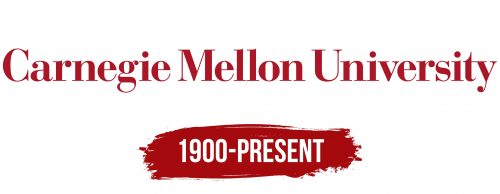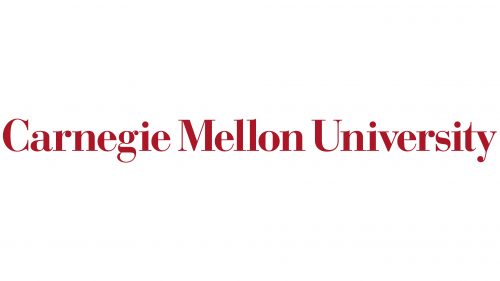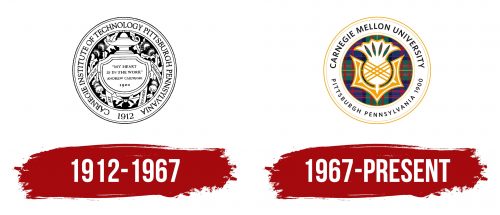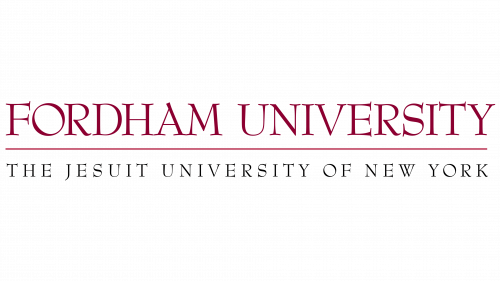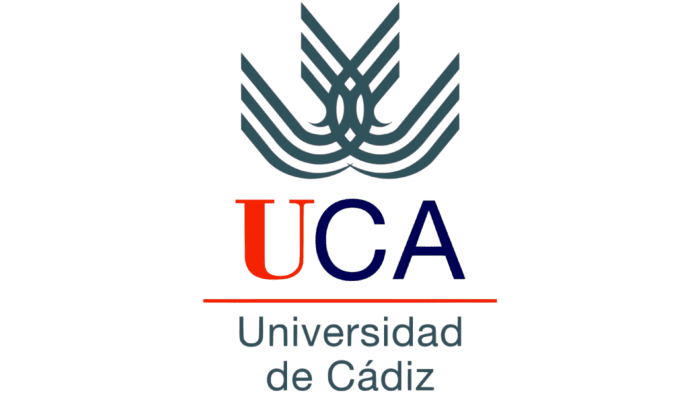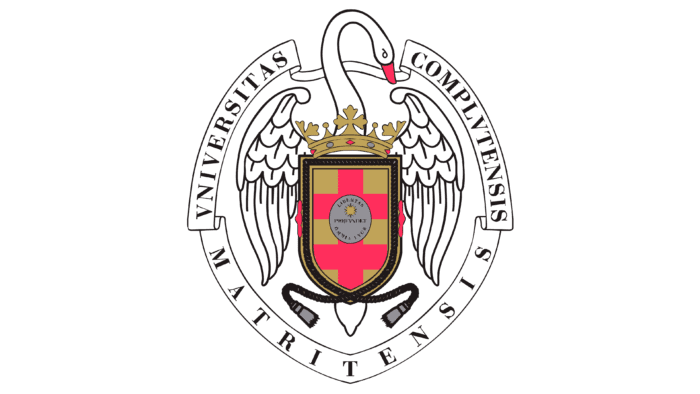 Carnegie Mellon University Logo PNG
Carnegie Mellon University Logo PNG
The Carnegie Mellon University logo highlights the institution’s prestige and wide recognition in the global educational community. The emblem reflects the university’s worldwide renown, with its influence spanning six continents. This mark demonstrates the university’s commitment to innovation and its contribution to successful scientific research. The logo emphasizes the university’s substantial contribution to advancing education and science, underscoring its place among the world’s leading educational institutions.
Carnegie Mellon University: Brand overview
The businessman and philanthropist Andrew Carnegie established the Carnegie Technical Schools in Pittsburgh, Pennsylvania, in 1900, marking the beginning of Carnegie Mellon University’s (CMU) history. Having grown up in a low-income immigrant household, Carnegie aspired to build a school that would give workers’ children access to real education.
The institute initially consisted of the Margaret Morrison Carnegie College for Women, the School of Science and Technology, the School of Fine and Applied Arts, and the School of Apprentices. This variety aligned with Carnegie’s idea of a comprehensive education that integrated the humanities and arts with technical knowledge.
In 1912, the Carnegie Institute of Technology (CIT) was the institution’s new name, reflecting its expanding prominence as a university. CIT kept growing in the ensuing years, introducing new faculties and programs.
In 1913, investor and entrepreneur Andrew Mellon established the Mellon Institute of Industrial Research in tandem with the growth of CIT. This institute was founded to support the region’s industrial growth by conducting practical chemistry and other sciences research.
CIT and the Mellon Institute expanded separately during the ensuing decades but frequently collaborated on various research projects.
Both universities made vital contributions to the American war effort in World War II by carrying out research in the fields of materials science, radar, and other technology.
CIT grew even after the war, especially in computer science and engineering. In 1956, the institute founded the first computer science department in the United States, which launched the university’s leadership in this area.
1967 marked a sea change for both organizations. The merger of the Carnegie Institute of Technology and the Mellon Institute of Industrial Research created Carnegie Mellon University. Combining the two organizations’ best aspects, this merger produced a singular university with a solid research base and a technical and humanities curriculum.
The university quickly established itself as one of the top research institutions in the country in the 1970s and 1980s. The university made notable progress in robotics and computer science, and the Robotics Institute, a leader in this discipline, was founded in 1979.
The institution saw additional expansion and development throughout the 1990s. In 1996, the Tepper School of Business opened a new building as part of the university’s expansion of its business offerings.
The school started aggressively expanding its global reach in the 2000s. To this end, the institution established campuses in Australia in 2006 and Qatar in 2004.
Large-scale investments in infrastructure and research were made in the 2010s. Scott Hall, a state-of-the-art research facility housing nanotechnology and bioengineering research, opened its doors in 2015.
The institution started the “Make Possible” campaign in 2020 to generate $2 billion to fund academics, students, and cutting-edge research. This campaign grew to be the biggest in the college’s history.
A new facility for the School of Computer Science opened its doors in 2021. Named for graduates David and Susan Tepper, this contemporary building greatly increased the university’s computer research and instruction capacity.
The same year, the school established a new interdisciplinary AI Engineering Institute to bolster its artificial intelligence offerings. This institute aims to create useful AI applications for a range of sectors.
The institution’s global reach growth distinguished the year 2022. The establishment expanded its collaborations with top global research centers and technological corporations, opening new doors for scholars and students.
The university unveiled a major development plan for its campus in 2023, which included building new instructional areas and research laboratories. The establishment of an infrastructure for transdisciplinary research received particular focus.
The institution has consistently adjusted to the shifting demands of the business world and society while upholding its dedication to innovation and multidisciplinary thinking. The university is still essential to advancing many other sectors, including cybersecurity, robotics, and artificial intelligence.
From being a technical school for laborers, the institution has developed into one of the top research institutions in the world while preserving its distinctive culture, which blends technical proficiency with an inventive mindset and an entrepreneurial spirit.
Meaning and History
What is Carnegie Mellon University?
This university, a distinguished private research institution, is in Pittsburgh, Pennsylvania. It is recognized for its excellence in science, technology, engineering, and mathematics (STEM) and strong business, arts, and humanities programs. It provides a wide range of undergraduate and graduate degrees. The university is particularly known for its computer science, robotics, and artificial intelligence programs, which are consistently ranked at the top. The university attracts outstanding scholars and students worldwide through its cutting-edge buildings and research institutes. With an emphasis on practical applications and industry linkages, it offers students many opportunities for hands-on learning and professional development. With an active campus life and a location in the Oakland neighborhood of Pittsburgh, the university provides its diverse students with a rich cultural and academic environment.
1900 – today
The Carnegie Mellon logo consists of the university’s name in rich red. The serif letters vary in glyph thickness, giving the emblem elegance and expressiveness. The placement of the text in a single line symbolizes the continuity and integrity of the university’s long history.
The university’s name is associated with three well-known figures and philanthropists: Andrew Carnegie, a Scottish-American industrialist, and the Mellon brothers, prominent bankers and businessmen. In 1967, the institutions founded by these individuals merged, leading to the creation of Carnegie Mellon University. It was during this period that the logo was developed.
The red color symbolizes nobility, high ideals, and aspirations, which the university has preserved and developed throughout its history. The emblem underscores the prestige and authority of the institution, which rightfully holds a place among the top universities in the world, ranking in the top 30.
Despite its apparent simplicity, this visual mark carries deep meaning tied to the university’s traditions, history, and high academic standards.
The Seal
1912 – 1967
The first university seal was used in 1912 when Carnegie Technical Schools gained institute status until the universities merged. The edge of the seal reads “Carnegie Institute of Technology,” along with the year and place of founding: “Pittsburgh, Pennsylvania, 1912.”
At the center of the seal is a tablet engraved with the phrase from the philanthropist when he donated funds to establish the institution: “My heart is in the work.” Above the tablet is a lamp, symbolizing the light of truth.
Ribbons extend from the tablet, inscribed with the key characteristics of an educated person: science, art, service, and character. The composition portrays Carnegie as a moral and complete individual, with charity and truth in his mind. He dedicates his life to service and the advancement of science and art.
The seal’s background is adorned with the leaves and flowers of the thistle, the symbol of Scotland, Carnegie’s homeland. This plant embodies resilience and the ability to overcome challenges.
1967 – today
The new university seal includes its name and place of founding, but the founding year is incorrectly listed as 1900 when Carnegie Technical Schools were established. This choice is not entirely accurate, as it refers to the founding date of the preceding institution.
The center of the seal features a stylized image of the thistle, the symbol of Scotland, Andrew Carnegie’s homeland. The background is decorated with fabric in the style of Scottish national costumes, highlighting the founder’s cultural roots and heritage.
The sharp thorns around the flower symbolize the protection and resilience necessary for growth and prosperity. This reflects the university’s mission—to provide young people with reliable protection and support until they gain the knowledge and confidence to enter the world and make it a better place.
The seal honors the memory of a man who improved the lives of many by founding educational institutions and libraries, emphasizing his contribution to education and enlightenment.
